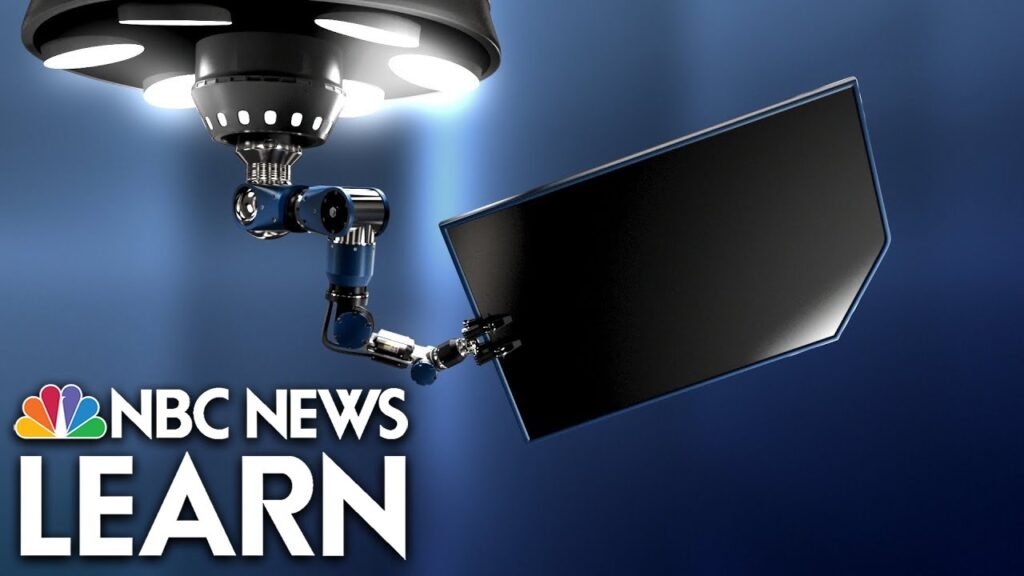Robots are revolutionizing the manufacturing industry, but businesses must weigh how much the cost and initial investment will affect their bottom line. The industrial robot price is a significant factor that companies need to consider when adopting this new technology. In this article, we will delve into the various aspects of the cost of industrial robots and explore the importance of factoring in expenses related to their integration into manufacturing processes.
Robots have become an integral part of the manufacturing landscape, performing repetitive tasks with high precision and efficiency. They have the potential to increase productivity, reduce labor costs, and enhance overall product quality. However, it is essential to evaluate the financial implications before committing to their implementation.
The industrial robot price varies depending on the specific needs and requirements of a business. Factors such as size, functionality, and level of automation influence the cost. For example, collaborative robots, also known as cobots, are designed to work alongside humans and have a lower price point compared to their fully automated counterparts. On the other hand, larger robots with advanced capabilities can be more expensive but offer increased productivity and versatility.
Additionally, the integration of robots into manufacturing processes requires not only the purchase of the robotic systems but also investments in infrastructure, training, and maintenance. Upgrading existing systems to accommodate robots or building new facilities can incur significant expenses. Moreover, training the workforce to operate and maintain the robots effectively is crucial for maximizing their potential benefits.
While the initial investment may seem daunting, businesses need to assess the long-term advantages and potential return on investment (ROI) offered by industrial robots. Increased productivity and efficiency can lead to higher output, reduced production costs, and improved overall competitiveness. The automation of repetitive tasks can also enhance the safety of workers and minimize the risk of accidents.
To accurately evaluate the cost of industrial robots, companies should consider not only the immediate financial impact but also the long-term benefits. Conducting a comprehensive cost-benefit analysis is essential to determine the feasibility and suitability of robotic integration. This analysis should take into account factors such as labor savings, increased production capacity, improved product quality, and reduced lead times.
Additionally, it is crucial to factor in the ongoing expenses associated with maintenance and repairs. Like any piece of machinery, robots require regular servicing and occasional repairs. It is advisable to establish a maintenance schedule and allocate a budget for these expenses to ensure the smooth operation of the robotic systems.
Another aspect that businesses should consider is the potential for customization and flexibility offered by industrial robots. Many robots can be reprogrammed or equipped with different tools to perform various tasks. This adaptability can provide significant advantages in responding to changing market demands and optimizing production processes. However, customization and flexibility often come at an additional cost. It is essential to assess whether these features align with the specific needs of the business and justify the associated expenses.
In conclusion, the industrial robot price plays a crucial role when businesses consider adopting this transformative technology. While the initial investment and ongoing expenses can be significant, companies must weigh these costs against the potential benefits of increased productivity, improved product quality, and enhanced competitiveness. Conducting a thorough cost-benefit analysis and factoring in expenses related to maintenance and customization are essential steps in determining the financial viability of integrating robots into manufacturing processes.
Moreover, it is crucial to recognize that the cost of industrial robots is not solely limited to monetary factors. The impact on the workforce should also be considered. While robots can streamline operations and reduce labor costs, there may be implications for job displacement and the need to reskill or reallocate workers. Ensuring a smooth transition and open communication with employees is vital to maintain a positive work environment and mitigate any potential concerns.
As technology continues to evolve, the industrial robot price is likely to become more accessible, making it a viable option for businesses of all sizes. The advancements in robotics and automation present exciting opportunities for increased efficiency and productivity in the manufacturing industry. By carefully evaluating the cost and considering the long-term benefits, businesses can make informed decisions about integrating industrial robots into their operations, paving the way for a more efficient and competitive future.
Industrial Robot
Determining the Financial Impact of Robots in Manufacturing: Analyzing Industrial Robot Prices


